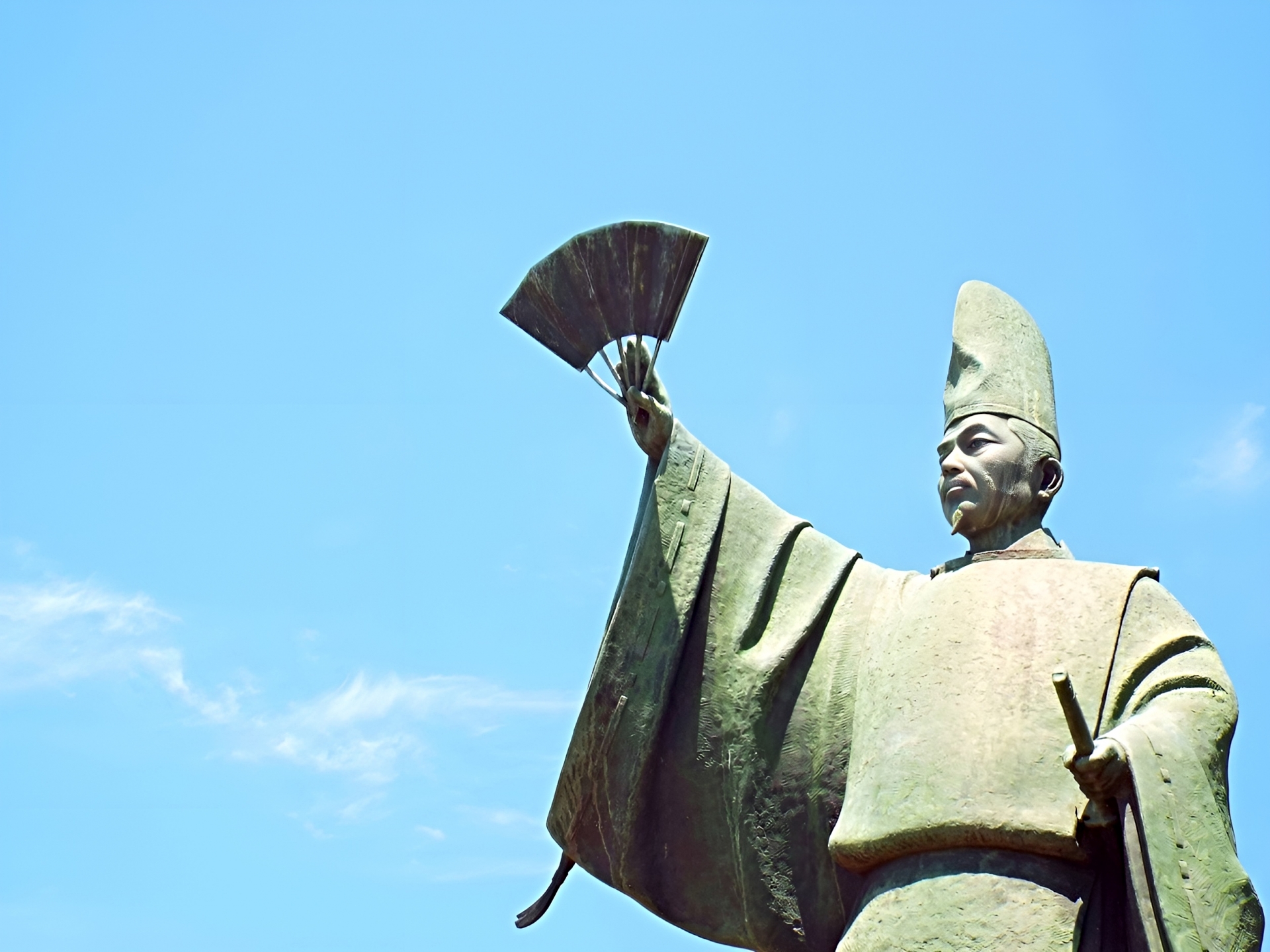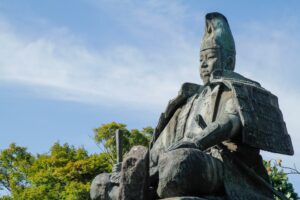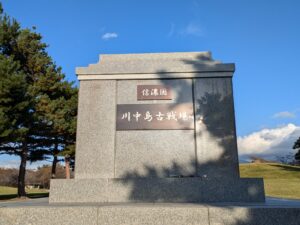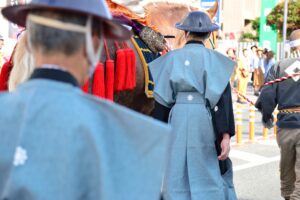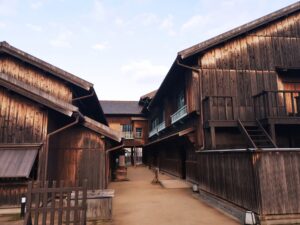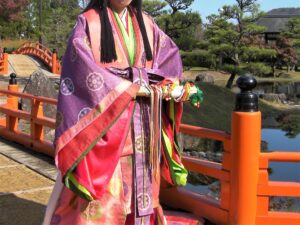Taira no Kiyomori was a pivotal figure in Japan’s transition from aristocratic rule to samurai-led governance. Rising from a warrior clan to become the de facto ruler of the late Heian period, Kiyomori established the first samurai-dominated government and altered Japan’s political trajectory. This article explores his life, political maneuvers, military exploits, and the legacy he left behind — including his portrayal in literature and media
Who Was Taira no Kiyomori?
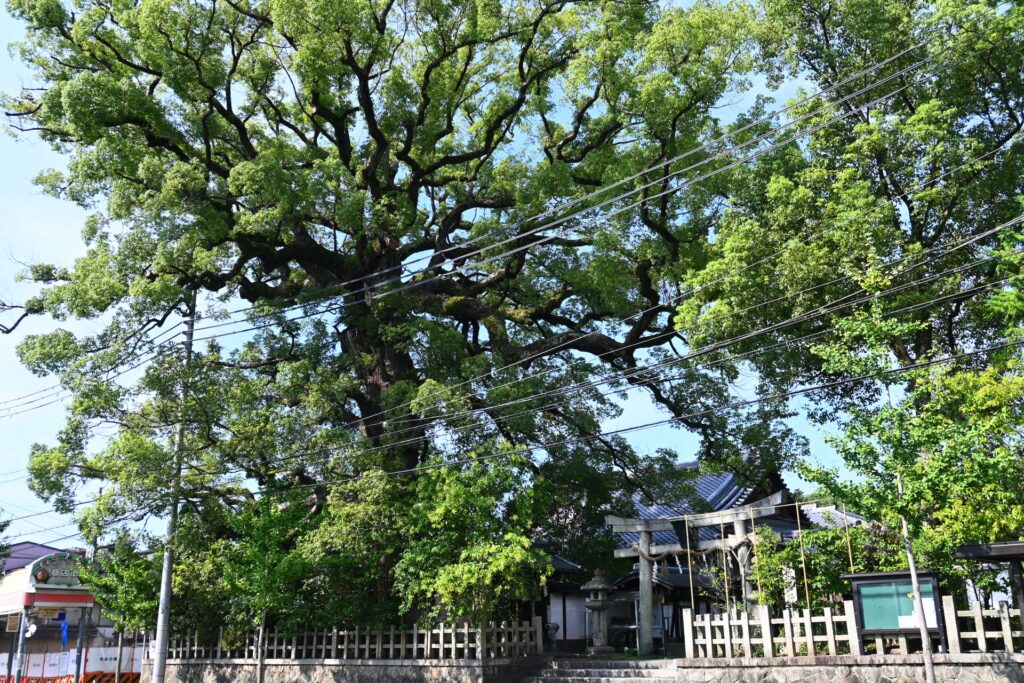
Taira no Kiyomori (1118–1181) was a powerful Japanese samurai and court noble who played a central role in the political transformation of late Heian-period Japan. Born into the Taira clan—a prominent warrior family descended from Emperor Kanmu—Kiyomori rose through military ranks and court positions to become the first samurai to effectively control the imperial government.
His early life was marked by rapid ascension within the military elite. His father, Taira no Tadamori, served the imperial court, positioning young Kiyomori within the aristocratic and military spheres. He first gained fame in the Hōgen Rebellion (1156), where his victory secured his reputation as a capable and loyal warrior. Over time, he accrued political power and became Daijō Daijin (Chancellor), the highest-ranking official in the imperial bureaucracy. Kiyomori’s dual role as a samurai and a court noble made him a unique figure in Japanese history, foreshadowing the shogunate system that would dominate for centuries.
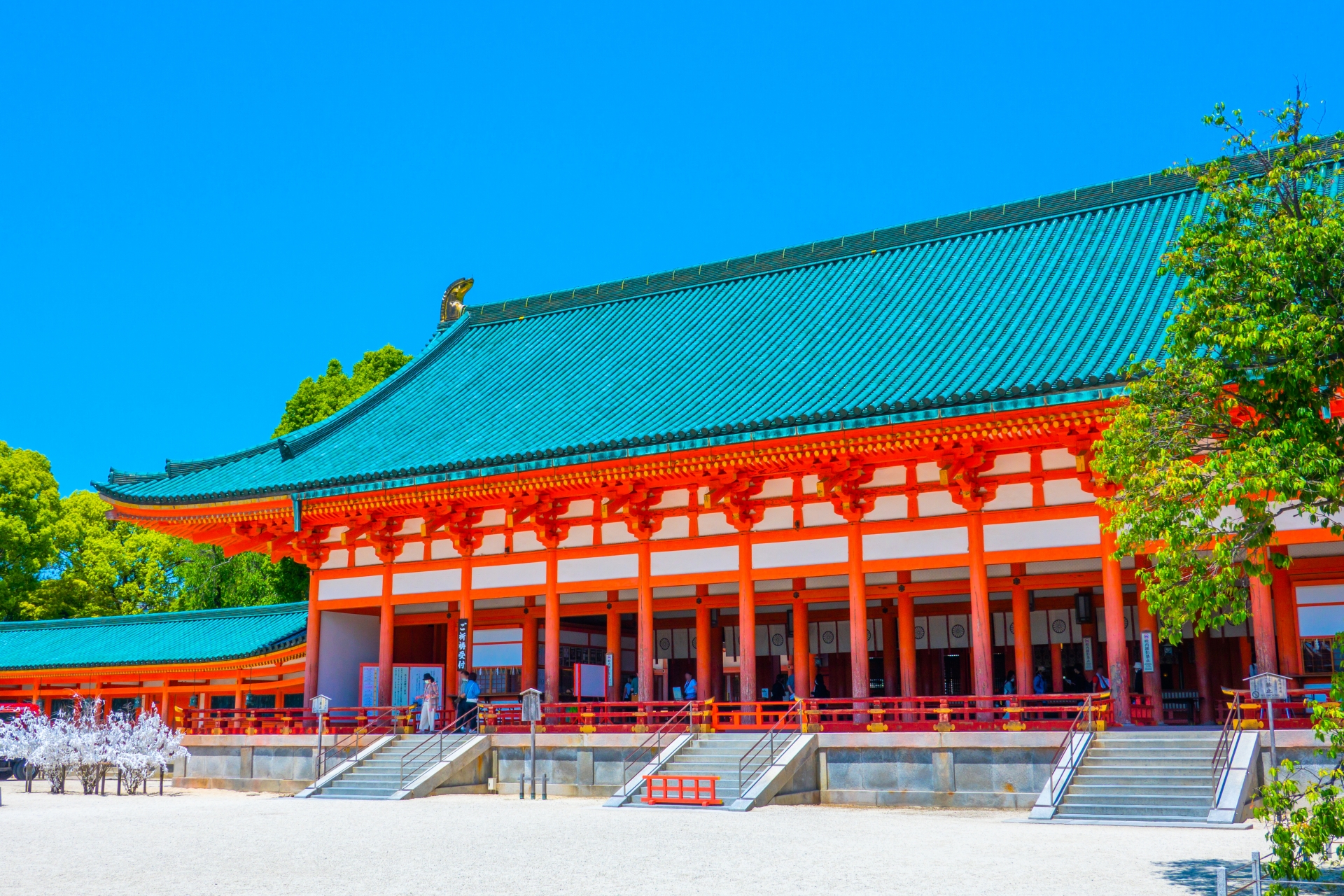
The Rise of the Taira Clan Under Kiyomori
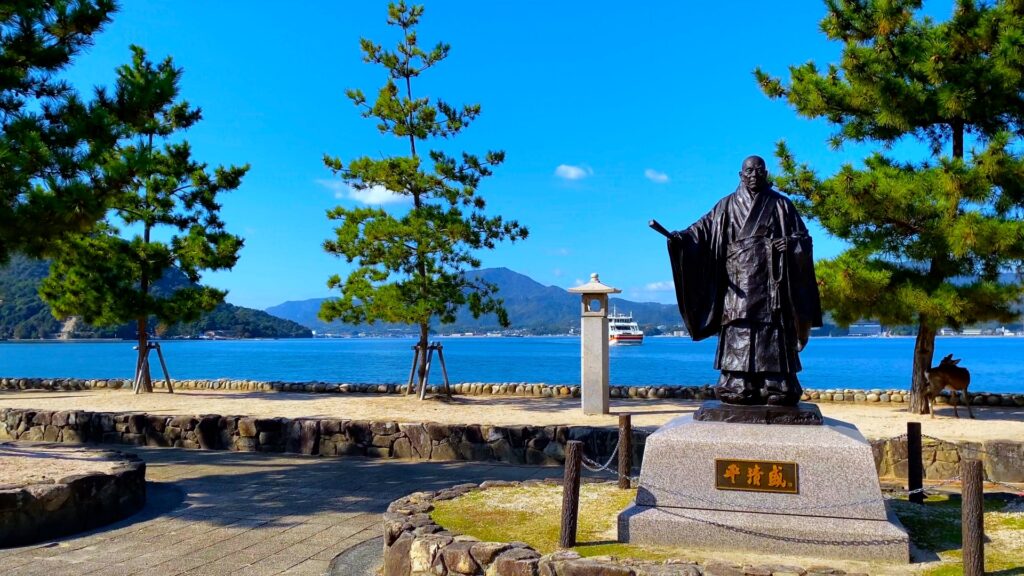
Kiyomori’s leadership marked the Taira clan’s unprecedented rise to power. Before his ascent, samurai were subordinate to court nobles, serving primarily as regional enforcers. Kiyomori changed this dynamic by asserting samurai authority at the heart of national governance.
His military successes during the Hōgen Rebellion (1156) and the Heiji Rebellion (1159) were pivotal. In the latter, he defeated rival Minamoto clan forces, including Minamoto no Yoshitomo. These victories allowed Kiyomori to eliminate key competitors and secure unrivaled influence at court.
He married his daughters into the imperial family, including one who became the mother of Emperor Antoku. Through these alliances, he manipulated imperial succession and placed his lineage at the heart of national power. Under his leadership, the Taira clan monopolized key governmental posts and provincial governorships, enriching themselves and transforming the clan from a military family into a political dynasty.
Key Events that Elevated Kiyomori’s Power
| Year | Event | Significance |
| 1156 | Hōgen Rebellion | Kiyomori supports Emperor Go-Shirakawa; emerges victorious |
| 1159 | Heiji Rebellion | Defeats Minamoto no Yoshitomo; consolidates power |
| 1167 | Appointed Daijō Daijin | Becomes the first samurai to hold the top civil post |
| 1171 | Daughter Tokuko marries Emperor Takakura | Taira clan enters imperial bloodline |
| 1179 | Coup against court rivals | Kiyomori exiles opponents, establishing military rule |
Political Power and Governance
Taira no Kiyomori wielded power not merely through military might but through savvy political maneuvering. As Daijō Daijin, he controlled court appointments, revenue streams, and regional governorships. He established a complex patronage system, ensuring loyalty by rewarding allies with land and posts.
He also pursued economic expansion, particularly through maritime trade with Song China. Recognizing the importance of commerce, he invested in port infrastructure and encouraged trade, boosting the Taira clan’s wealth and Japan’s international standing.
However, his dominance bred resentment. His blatant favoritism and autocratic rule alienated court nobles and rival warrior clans. His manipulation of imperial succession further destabilized the political order, creating a fragile structure that would collapse after his death.
The Fukuhara Capital Relocation
In 1180, Kiyomori relocated the imperial capital from Heian-kyo (Kyoto) to Fukuhara (modern-day Kobe), seeking to shift political power closer to the Taira clan’s stronghold and to promote international trade.
However, the move proved disastrous. Fukuhara lacked the cultural and political infrastructure of Kyoto, and its location—more vulnerable to typhoons and distant from established power centers—was impractical. The relocation faced fierce backlash from nobles and bureaucrats, forcing Kiyomori to reverse the decision within a year.
This misstep exposed Kiyomori’s overreach and further eroded his support among traditional elites. It symbolized the growing gap between the Taira regime and the aristocratic court it claimed to serve.
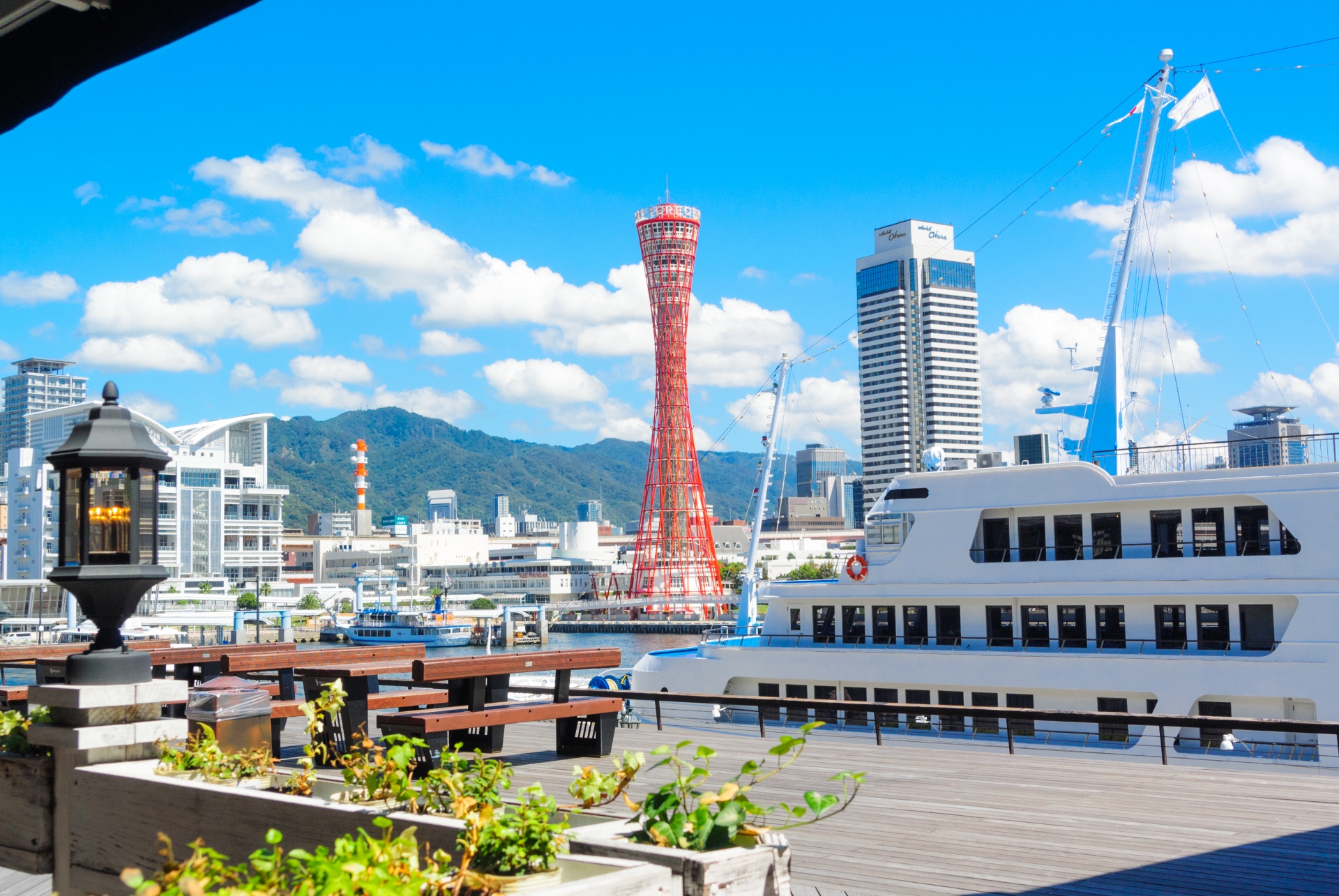

Decline of the Taira and Kiyomori’s Legacy
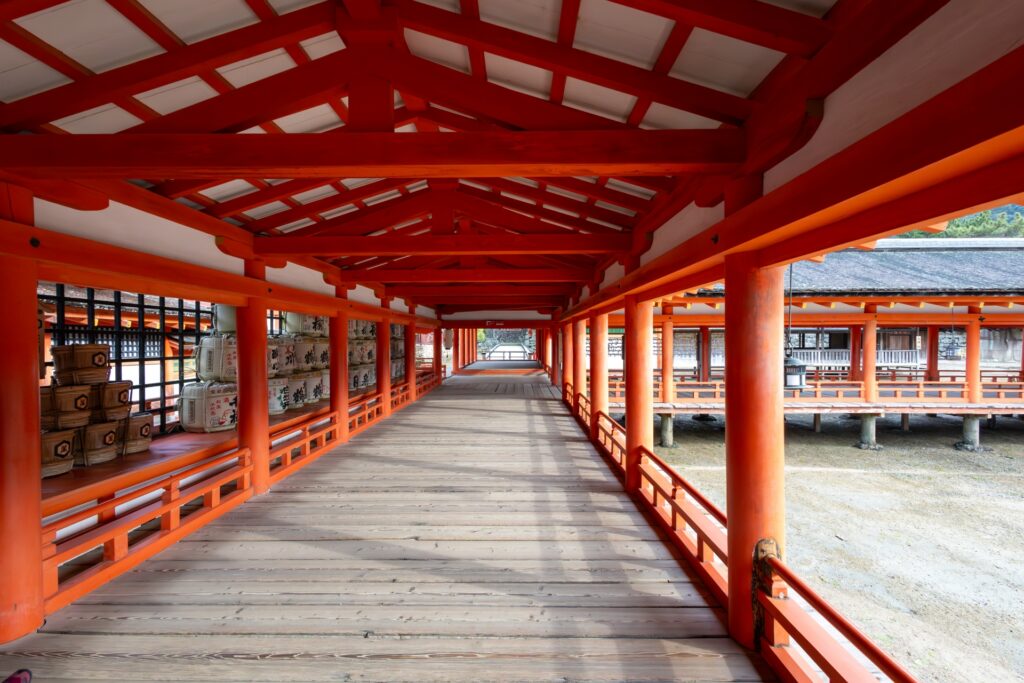
Kiyomori died in 1181 at the height of his power, but his successors lacked his political and military acumen. The central authority he built quickly unraveled, leading to the Genpei War (1180–1185), a full-scale civil conflict between the Taira and Minamoto clans.
Taira no Munemori, Kiyomori’s son, assumed leadership but struggled to maintain control. The Minamoto, led by Minamoto no Yoritomo and his brother Yoshitsune, mounted successful campaigns against the Taira. In 1185, the decisive Battle of Dan-no-ura resulted in the death of Emperor Antoku and the annihilation of the Taira clan.
Despite this dramatic fall, Kiyomori’s legacy endured. He had demonstrated that samurai could govern, setting the stage for the Kamakura shogunate and centuries of warrior-led rule.
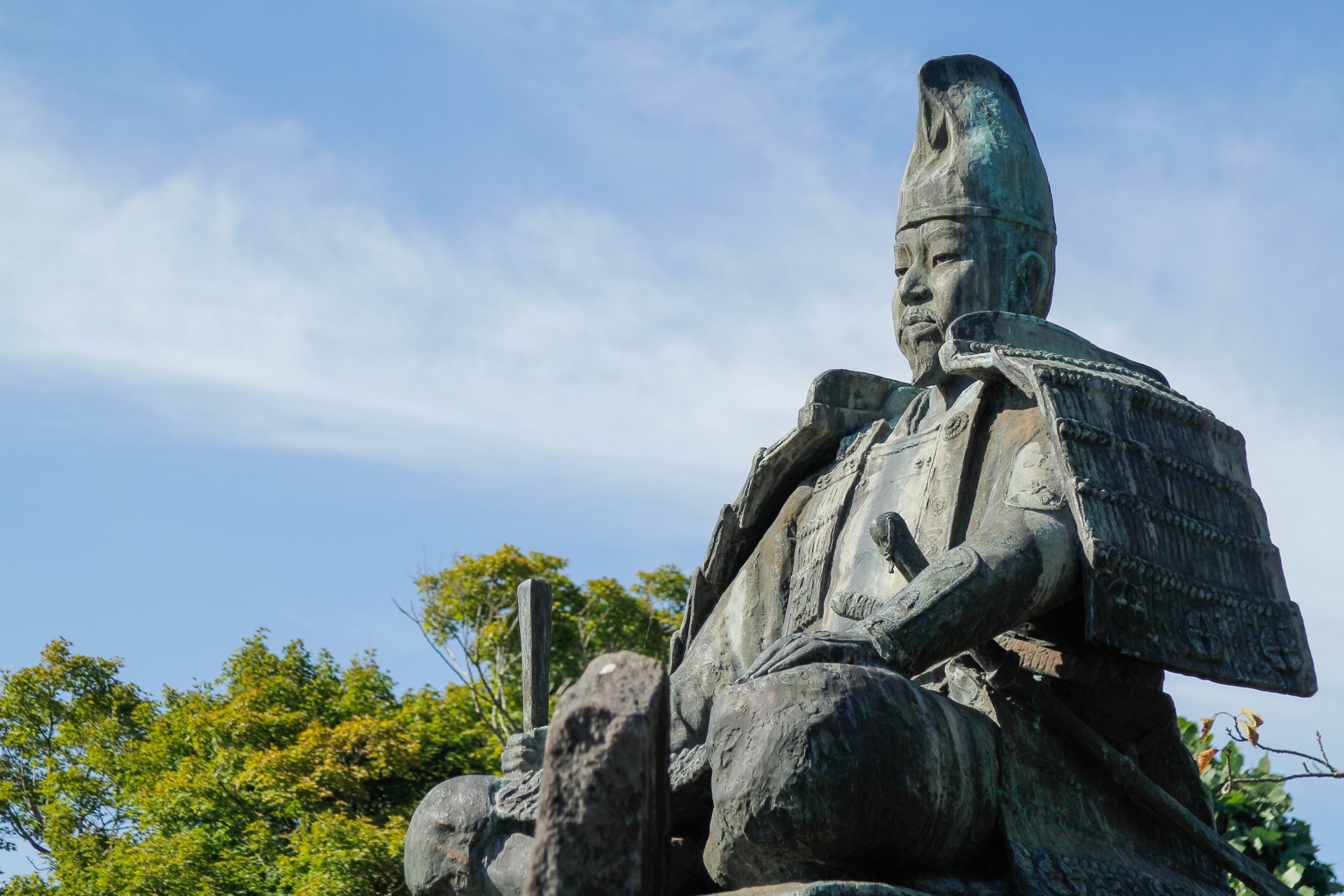
How Kiyomori’s Rule Led to the Genpei War
Kiyomori’s consolidation of power came at the expense of political consensus. His authoritarian tactics, manipulation of imperial succession, and favoritism alienated both aristocrats and rival clans. The Minamoto, although weakened in the 1160s, regained strength and emerged as the rallying point for opposition.
Kiyomori’s elevation of Emperor Antoku, a child emperor from the Taira lineage, was seen as a breach of tradition. When Prince Mochihito (backed by the Minamoto) called for rebellion in 1180, discontent exploded into war. Thus, Kiyomori’s policies, though successful short-term, inadvertently triggered the Genpei War that led to his clan’s ruin.
Taira no Kiyomori in Literature and Pop Culture
Taira no Kiyomori’s life has been immortalized in literature, theater, and television, often with dramatic embellishment. The most famous literary depiction appears in The Tale of the Heike, a 13th-century epic chronicling the Taira clan’s rise and fall.
In this tale, Kiyomori is portrayed as a ruthless and arrogant tyrant whose ambition dooms his family. He is vilified for defying the gods and disrespecting Buddhist institutions, resulting in karmic retribution. This contrasts with historical accounts that depict a pragmatic, albeit autocratic, statesman.
Modern adaptations like NHK’s Taiga drama “Taira no Kiyomori” (2012) offer a more nuanced portrayal, blending historical events with personal drama to reframe Kiyomori as a complex, visionary leader burdened by ambition and legacy.
The Tale of the Heike vs Historical Records
| Aspect | Tale of the Heike | Historical Records |
| Personality | Arrogant, cruel, irreligious | Strategic, politically savvy |
| Cause of Downfall | Divine punishment | Political overreach, failed succession planning |
| Legacy | Moral lesson on hubris | Founder of samurai-led governance |
This dichotomy reflects Japan’s cultural shift from aristocratic to warrior rule and the moral framing used to explain historical upheavals. Kiyomori became a symbol of unchecked ambition, yet history credits him as a political pioneer.
Family, Descendants, and Legacy
Taira no Kiyomori had several children who played key roles in the final years of the Taira regime. His eldest son, Taira no Shigemori, was widely respected for his moderation and might have preserved the clan had he not died young in 1179.
Following Kiyomori’s death, Taira no Munemori became clan leader but lacked his father’s competence. He led the Taira during the Genpei War but was ultimately defeated at Dan-no-ura.
Kiyomori’s grandson, Emperor Antoku, died during the same battle, symbolizing the end of Taira dominance. The family tree below illustrates the key figures:
Simplified Family Tree of Taira no Kiyomori:
- Taira no Kiyomori
- Taira no Shigemori (eldest son)
- Taira no Munemori (successor)
- Taira no Tokuko (daughter, mother of Emperor Antoku)
- Emperor Antoku
Though the Taira bloodline was extinguished politically, Kiyomori’s legacy lived on in the shogunate system that followed.
Conclusion: Why Taira no Kiyomori Matters Today
Taira no Kiyomori was a transformative figure in Japanese history. He broke the monopoly of court nobility over governance and proved that warriors could rule. His reign laid the foundations for the Kamakura shogunate and the rise of the samurai class.
While his authoritarianism and political miscalculations led to his clan’s downfall, Kiyomori’s impact on Japan’s political evolution is undeniable. His life story—a blend of ambition, strategy, and tragedy—continues to fascinate historians, dramatists, and audiences today.
Understanding Kiyomori allows us to trace the origins of feudal Japan and appreciate the complexities of power transition from aristocrats to warriors. As both a historical and cultural figure, he remains a subject of enduring relevance.

